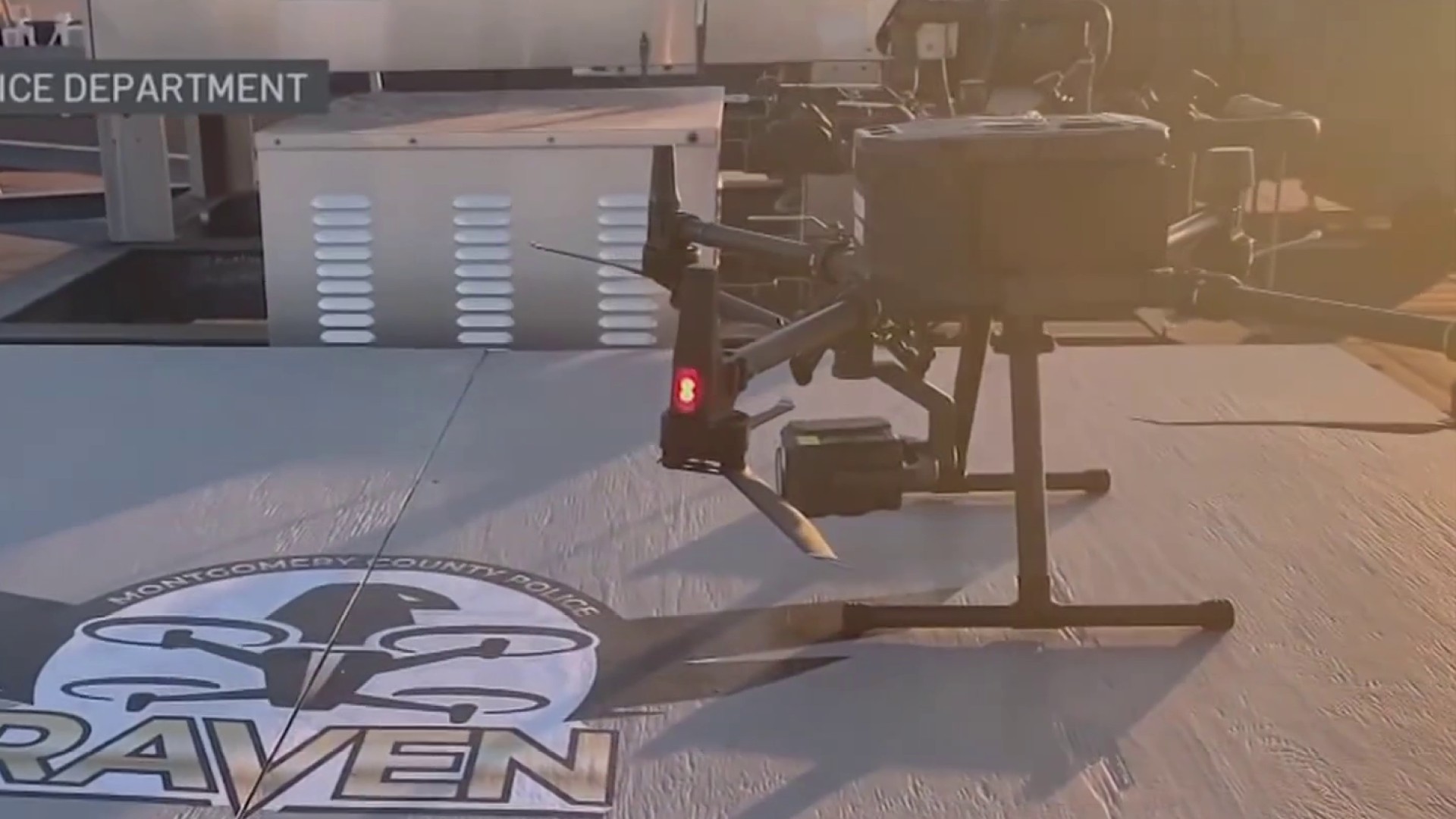Public buses are striking almost 20 people a year in the Washington, D.C., region, according to federal and local transportation records reviewed by the News4 I-Team.
The incidents include pedestrians injured or killed in crosswalks. The number of crashes has remained consistent over the past 15 years, despite ongoing efforts by local governments and transit agencies to make buses and pedestrian crosswalks safer.
The string of recent crashes include pedestrians injured in several communities, including D.C., Prince George’s County, Montgomery County, Fairfax County and Alexandria. Though bus accidents involving pedestrians comprise a small fraction of overall accidents, the pedestrians suffered significant, at times catastrophic, injuries.
The Washington Metropolitan Area Transit Authority bus system was involved in more than a dozen accidents involving pedestrians and cyclists in 2016 and 2017. In one of those incidents, a bus operator hit and crushed the legs of Tina Glennie, who was in a crosswalk near 15th Street in Arlington in March 2016. Glennie sued the agency and reached a settlement.
“It was a huge vehicle and I’m not a huge person,” said Glennie, who has undergone eight surgeries and three years of physical rehabilitation. “They were scared for a couple of weeks that I might have to get (my leg) amputated because it was shattered in 14 places.”
A News4 I-Team survey of nearly a dozen local jurisdictions found most are attempting to improve safety equipment on their transit buses and continue training of operators to reduce the risks of future crashes.
“We train our operators to look, be aware, keep their eyes moving and see what’s out there,” Montgomery County Department of Transportation Division of Transit Services Chief Dan Hibbert said.
Local
Washington, D.C., Maryland and Virginia local news, events and information
The county is installing pedestrian warning devices to sound an alarm outside a moving bus if a pedestrian gets too close.
WMATA said it is adding yellow strobe lights to all of its 1,500 buses to better catch the attention of pedestrians.
“Metro’s safety investments include new flashing yellow deceleration lights and reflective chevron decals on the backs of buses to augment brake lights, and modifications to lower mirrors to make it easier for operators to see pedestrians and cyclists,” the agency said in a statement.
Loudoun County transportation officials said they have added camera systems and additional mirrors to buses to reduce the risk of pedestrian accidents.
The Virginia Tech Transportation Institute is testing new sensor and braking systems for transit buses. The project is a collaboration with federal transit officials and a Washington state municipal transit agency. The sensors detect pedestrians who enter the blind spots of a transit bus. The sensors trigger alarms for the bus operator and automatically begin braking the bus.
“The technology is warning the driver,” Virginia Tech transportation engineer Andrew Krum said. “Pedestrians are moving in and out of cars and crosswalks. We know the interaction is going to be close.”
The Virginia Tech engineers are testing the technology on a closed road in Blacksburg. The system is not ready for deployment but is making progress in the program’s studies.
“Collision avoidance technology like this could warn the driver to look around again," Krum said. "You may have just looked, but look again.”
Several local governments have announced and launched Project Zero initiatives to reduce the risk of pedestrian accidents. Those programs include reviews of speed limits and road engineering.
Montgomery County Council member Evan Glass, who produced a series of videos about the challenges of crossing major roads in the county on foot, said pedestrians must remain vigilant and cautious. He said transit agencies must also continue training programs for bus operators.
“While there are a lot of distractions going on inside the bus itself, they need to keep their eyes on the road, to be looking out for pedestrians,” Glass said.
Reported by Scott MacFarlane, produced by Katie Leslie, and shot and edited by Jeff Piper.



